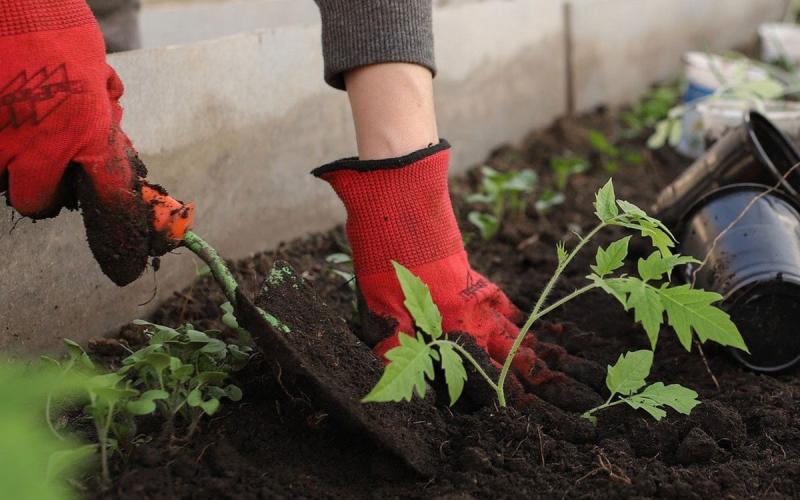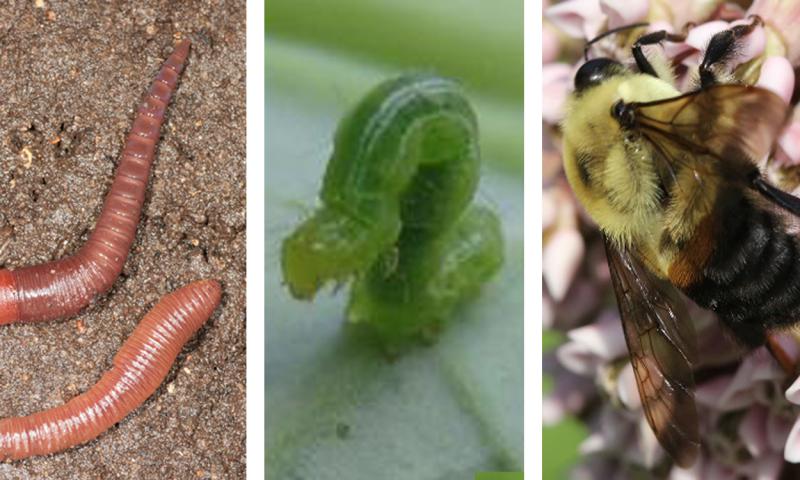
Written by Joslyn Fousert, Hannah Voye, and Ashtyn Schultz, SDSU Department of Agronomy, Horticulture, and Plant Science graduate and undergraduate students, under the direction and review of Kristine Lang and Amanda Bachmann.
Introduction
From the second we leave the security of our homes and enter the outdoors we find ourselves face-to-face with different communities and ecosystems buzzing with life, continually adapting and striving for sustenance and survival. Within these ecosystems, many invertebrates and microorganisms are thriving and building their own microclimates to sustain and ensure their survival. These organisms are interacting with each other and with humans. This interaction with humans has carved out a path for a way of thinking of organisms in terms of the good, the bad, and even the cute. However, it is key to remember that each invertebrate and microorganism plays a vital role in the systems at place, allowing the ecosystems and microclimates to continue to exist as we know them—both seen and unseen.
Article Topics
- The Good: Red Earthworm
- The Bad: Cabbage Looper
- The Cute: Brown-belted Bumble Bee
- Summary and Resources
The Good: Red Earthworm (Lumbricus rubellus)
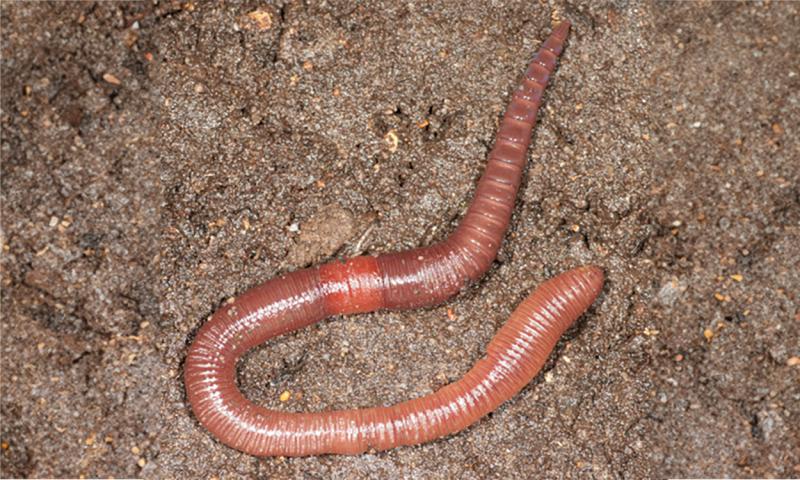
Earthworms
Earthworms can be found in agricultural fields, forests, and grassland habitats across South Dakota. Earthworms found in South Dakota are nonnative species originating from Europe and Asia. Earthworms are segmented invertebrates belonging to the phylum Annelida. While most earthworms carry both male and female organs, they typically require a mate for reproduction. Earthworms can produce up to 1,000 cocoons per year, depending on species and environmental conditions.
Earthworms are generally divided into three major groups: litter dwellers, topsoil dwellers, and subsoil dwellers. Litter dwellers are typically found in forest habitats, where their presence has been found to negatively affect soil bulk density, soil nutrient levels, and forest ecology. Topsoil and subsoil dwellers are typically found in gardens, agricultural fields, and grasslands, where they improve soil aeration, nutrient recycling, and water infiltration.
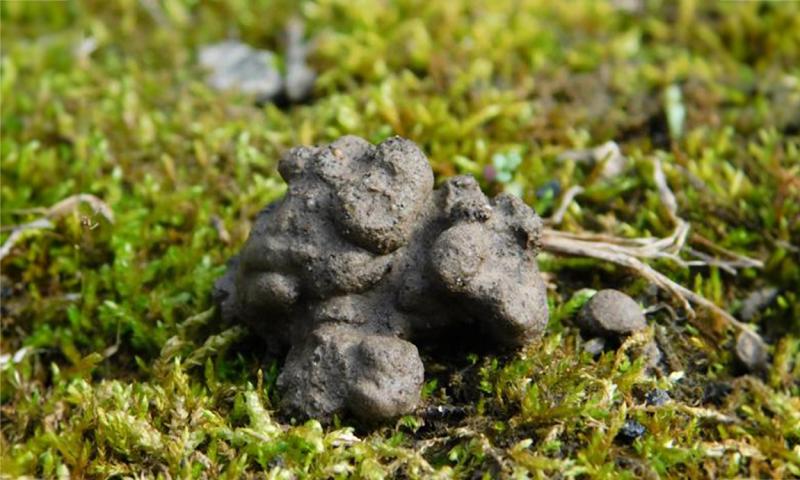
Soil Benefits
Earthworms do not feed on living plant roots. Earthworms feed on soil and decomposing organic matter, such as leaves, dead plant roots, and soil flora. Once digested, the organic matter is excreted by the earthworms as casts (Figure 2). Casts are rich in nitrogen, phosphorus, and helpful bacteria. Soil that has been digested and excreted by earthworms typically contains more bioavailable nitrogen than mineral soil. The breakdown of organic matter also makes it more readily available to bacteria and fungi. A soil rich in worm casts is likely to have 1,000 times more beneficial bacteria than soil that does not contain earthworms.
As topsoil and subsoil dwellers burrow through the soil, they help move fertilizer and nutrients. Topsoil dwellers produce numerous small, horizontal burrows as they eat their way through the soil. These small burrows harbor nutrient-dense casts, water, and air. The burrows increase aeration and reduce soil compaction, creating better ventilation for plant roots and soil organisms. Subsoil dwellers create permanent vertical burrows up to six-feet deep. Along with aeration, these deep burrows increase water infiltration, reduce erosion, and aid root proliferation.
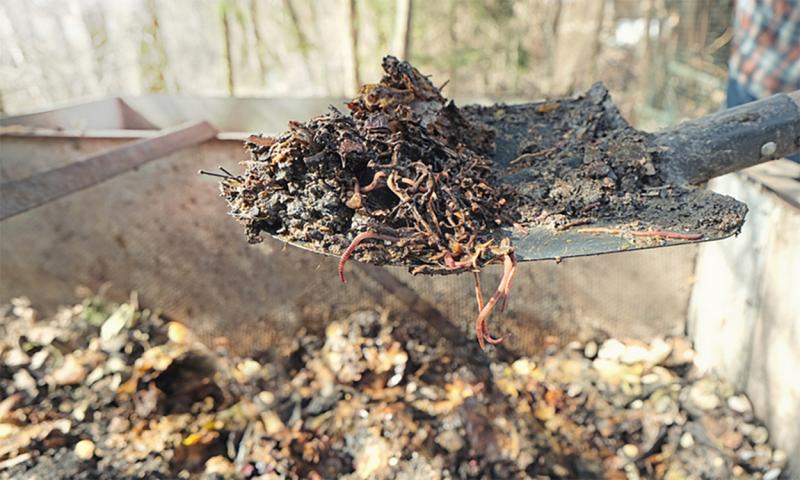
Encouraging Populations
The presence of earthworms is an indicator of good soil health, and there are a number of things you can do to support an environment that is ideal for earthworm growth. To encourage and sustain a healthy population of worms, consider the following best management practices:
- Plant cover crops.
- Reduce soil tillage.
- Add manure or compost.
- Reduce pesticide and herbicide use.
- Use mulch to keep soil moist and cool.
- Leave organic matter on the soil surface.
The Bad: Cabbage Looper (Trichoplusia ni)
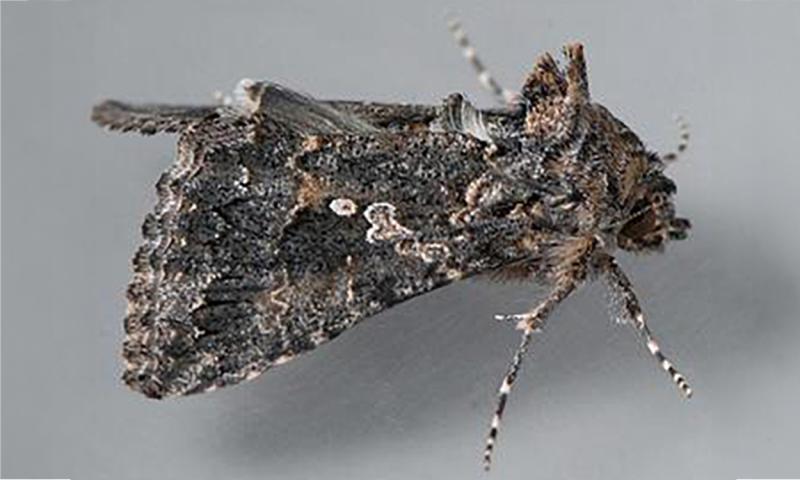
Origins
The cabbage looper is native to the United States, and it feeds on all vegetables in the Brassicaceae family (examples include cabbage, kale, and others). Cabbage loopers cannot overwinter in the Midwest, so adult moths (Figure 3) annually migrate to the Northern United States and Canada from early July to late August. One to three generations are possible during the growing season in South Dakota.
Description
The adult moth is grayish brown with a 1.5 inch wingspan with a small silvery white patch in the middle of each front wing. They are nocturnal fliers, but they can be seen resting on the underside of cabbage leaves during the day. On average they lay 200 to 350 eggs over 10 to 12 days. Eggs are white, round and the size of a pinhead (Figure 4). The eggs are usually laid on the outer edges of lower leaves on plants that are not previously infested by loopers.
The larvae are light green and have two white stripes along each side. Loopers move in an inchworm fashion, arching their bodies as they bring their hind prolegs up to their front true legs (Figure 5). Eventually the caterpillars turn dark brown when they mature and enter a cocoon stage.
Eggs

Larva

Lifecycle
Loopers will hatch three to six days after the eggs are laid. They feed for two to four weeks on the leaves of their favored host plants. During the cooler months of September and October, the developmental stages will take longer to occur. The most feeding and damage will occur during the final growth development stages.
Feeding begins as soon as the loopers hatch. Initial feeding occurs on the underside of the leaf, forming small holes that do not break through the upper surface of the leaf. Large loopers may burrow through 3 to 6 layers of tightly wrapped leaves. Loopers can cause plants to become stunted, causing lack of head production in cabbage, or becoming unfit for consumption in a commercial market.
Commercial Economic Threshold
In cauliflower, the green frass excreted from the caterpillars may cause a stain on the white heads. In broccoli heads, any presence of cabbage loopers makes them commercially unmarketable. Cabbage maintains a threshold level of 10% of plants infected with one or more cabbage looper per plant. However, this threshold level will vary by development stage, as the onset of heading is a vital stage where commercial damage becomes risky.
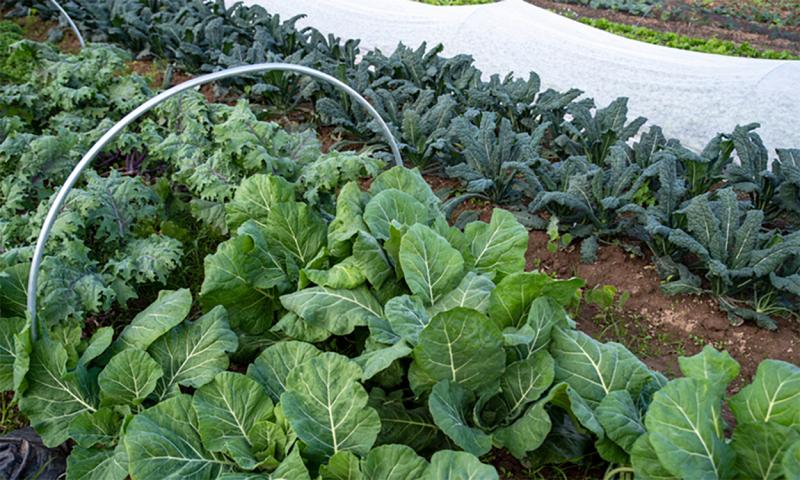
Commercial Management Options
Row covers are a good first option to consider (Figure 6); however, on large scales they could become an expensive investment. Monitoring flight habits with pheromone traps to ensure better scouting in advance of insecticide applications should also be considered. Attracting and maintaining beneficial insects through habitat strips and using biological controls, such as Bacillus thuringiensis (abbreviated as BT) are additional options.
Insecticides, such as those containing Spinosad, are available, but always read and follow all label instructions. When considering management options, it is important to take a look at your production system to form an Integrated Pest Management system (abbreviated as IPM) that will work best for your goals.
The Cute: Brown-belted Bumble Bee (Bombus griseocollis)

Identification
Bumble bees are easily recognized by their fuzzy, yellow-and-black bodies and clear, black-veined wings. True to name, the brown-belted bumble bee, Bombus griseocollis, has a characteristic brown stripe, or “belt,” on its abdomen (Figure 7).
Habits
The brown-belted bumble bee is a pollinator and feeds on nectar and pollen. It collects pollen from various flowering plants found in farmland, fields, parks, and gardens. This species of bumble bee most commonly visits flowers on thistle (Cirsium), milkweed (Asclepias), and sunflower (Helianthus). It is important to watch out for their ground nests in grassy, undisturbed areas, as they are protective of their home.
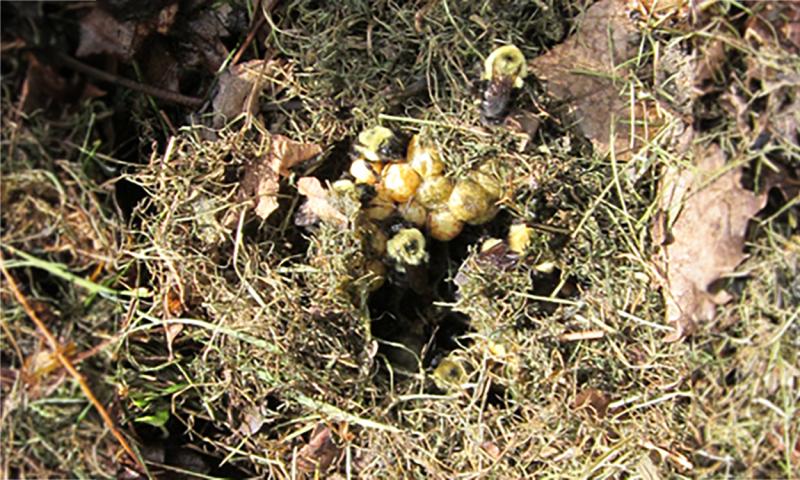
Lifecycle
Bumble bees can be spotted in early spring to late summer. In the spring, the queen emerges from hibernating to forage, build her ground nest, and start a new colony. Once female worker bees are produced, they also begin to forage and grow the colony. Male eggs are laid, and the female worker bees develop into new queens. Once the male bees have matured, the new queens mate with the male bees and find a place to hibernate for the winter.
In Summary
As we interact with the different environments around us, we need to realize that our actions may have unintended positive and negative consequences. The seen and unseen worlds of invertebrates and microorganisms within our soils and above ground offer an opportunity of a lifetime to work towards coming to an understanding of respect and teamwork. We need to strive towards the original systematic functions that once existed before we came in and utilize our well-intended actions to do what we define as good. Looking at defining what a pest is to each of us is a challenge we should leave with to remind ourselves that each invertebrate and microorganism serves a purpose, even if it is not the good or cute invertebrate, but rather is defined as the bad invertebrate according to our standards.
References and Resources
- Red Earthworm (Lumbricus rubellus)
- Earthworms, Missouri Department of Conservation.
- Earthworms, Penn State Extension.
- Soil Quality Indicators: Earthworms, USDA NRCS.
- Cabbage Looper (Trichoplusia ni)
- Cabbage Looper, University of Minnesota.
- IPM Threshold Guide for Vegetable Crops, University of Maryland Extension.
- Cabbage Looper, Virginia Cooperative Extension: Virginia Tech: Virginia State University.
- Brown-belted Bumble Bee (Bombus griseocollis)
- Bumble Bee Nest, ISU Extension
- Brown-belted Bumble Bee, Illinois Department of Natural Resources.
- Brown-belted Bumble Bee, UW-Madison Extension.

